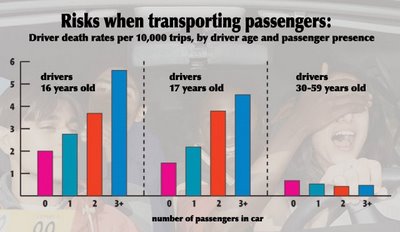larry oakes of the strib offers a well-researched look at sex offender civil commitment in minnesota. a few bullets:
- 19 states and the federal government now detain former prison inmates for indefinite involuntary treatment.
- the state now has the highest rate of sex offender civil commitments, locking up 544 men and 1 woman.
- minnesota numbers have spiked dramatically since a heinous 2003 case.
- it costs $134,000 per inmate per year in the minnesota sex offender program, relative to $45,000 per inmate per year in state prison, $15,000 per year for outpatient treatment, $10,000 per year for gps monitoring, and $4,000 per year for electronic home monitoring.
- recidivism has dropped dramatically. as a 2007 state department of corrections report concludes: “due to the dramatic decrease in sexual recidivism since the early 1990s, recent sexual reoffense rates have been very low, thus significantly limiting the extent to which sexual reoffending can be further reduced.”
here’s the lead:
In the 14 years since Minnesota’s Sexually Dangerous Persons Act cleared the way for the state to detain hundreds of paroled sex offenders in prison-like treatment centers, just 24 men have met what has proved to be the only acceptable standard for release.
They died.
“We would say, ‘Another one completed treatment,'” said Andrew Babcock, a former guard and counselor in the Minnesota Sex Offender Program (MSOP).








